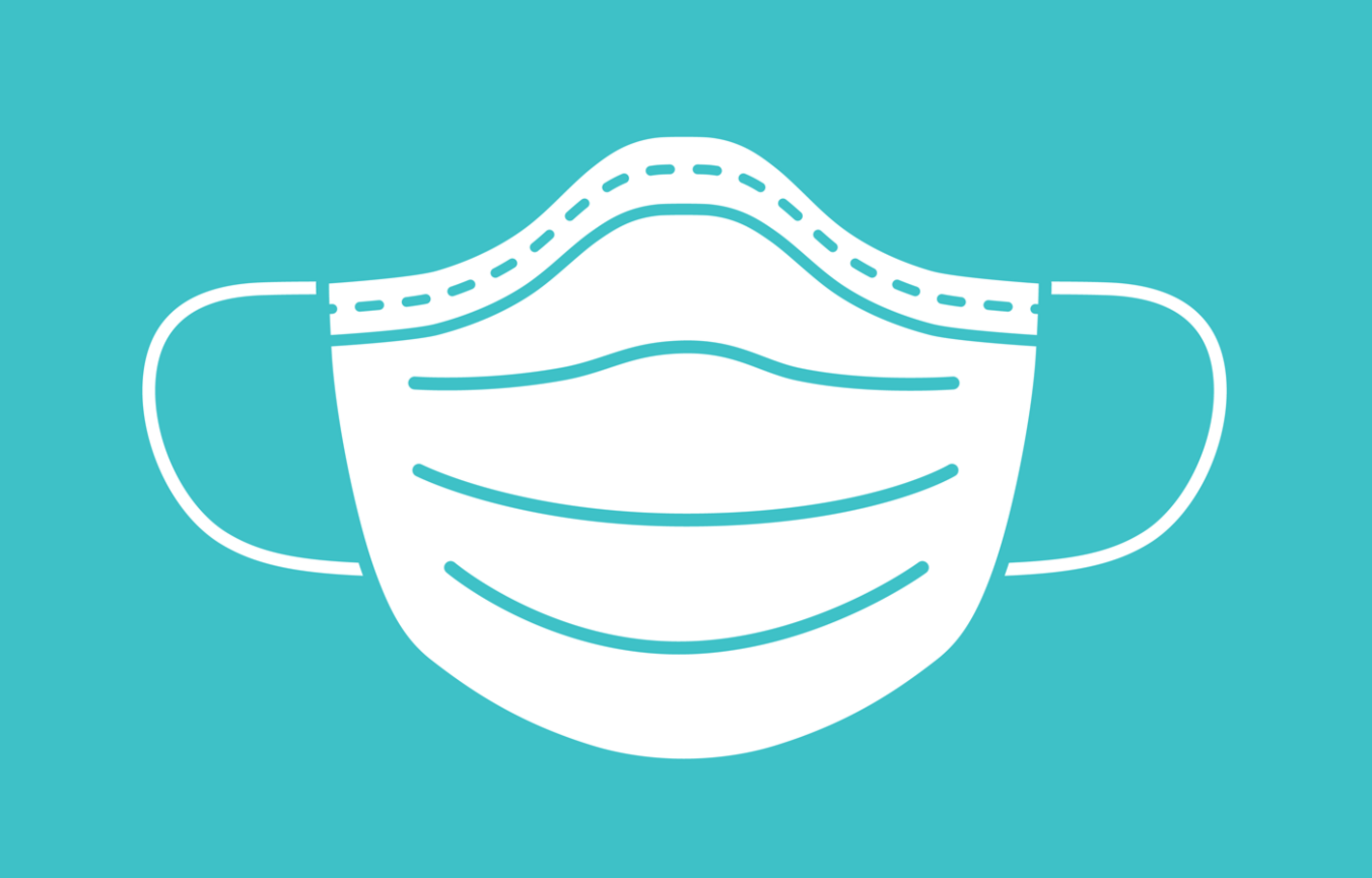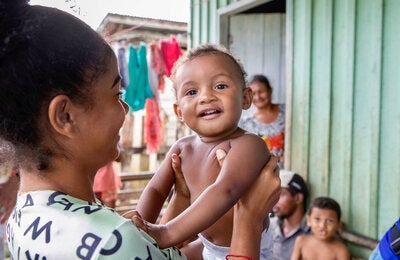
The guidelines on the use of face masks were updated on 19 of June 2020. See When and how to use masks.
Q&A: Masks and COVID-19 (Updated June 7, 2020)
Washington, D.C., 28 February 2020 (PAHO/WHO) — The use of face masks during outbreaks of viral illnesses such as the coronavirus disease 2019 (COVID-19) has only been shown in scientific studies to be effective for protecting healthcare workers and to reduce the risk of sick patients spreading the disease. Based on that evidence, the Pan American Health Organization/World Health Organization (PAHO/WHO) recommends the use of face masks by:
- People who have respiratory symptoms such as coughing, sneezing or difficulty breathing, including when they are seeking medical attention—to protect others around them.
- People (including family members) who are providing care to individuals with respiratory symptoms.
- Healthcare workers, when entering a room with patients or treating an individual with respiratory symptoms, and according to the type of care that will be provided.
Wearing a face mask alone is not guaranteed to stop infections in any of these circumstances and should be combined with other personal protective measures, such as hand hygiene, keeping your distance from people with symptoms, and respiratory hygiene (or cough etiquette).
“No preventive measure is 100% effective in preventing infection but practiced together they can reduce the chances of spreading infection”.
PAHO Deputy Director Jarbas Barbosa
Recommendations for the general public
Studies have shown no clear benefit from face mask use for people who are not sick. Some research shows that people can become infected from touching a contaminated mask they have been wearing or by removing it incorrectly.
During an outbreak such as COVID-19, the following measures may help people to reduce their chances of becoming infected:
- Wash hands frequently or use alcohol-based hand rub. Always wash with soap and water when hands are visibly soiled.
- Refrain from touching your nose or mouth, which are common routes of contagion.
- Avoid crowds and limit your visits to closed spaces with people.
- Avoid handshaking and other forms of physical contact.
- Maintain a distance of at least 1 meter (3 feet) from any individual who is showing respiratory symptoms (e.g., coughing or sneezing).
If you do have symptoms such as coughing, sneezing or having difficulty breathing, the recommendations are:
- Wear a face mask, in case you are infected, to prevent further disease spread.
- If not wearing a mask but coughing and sneezing, cover your nose and mouth with your flexed elbow or a paper tissue, then dispose of the tissue and wash your hands.
“This is a new virus,” said Barbosa referring to COVID-19, “so we are still gathering information about it. But the evidence already available is showing that it is similar enough to other viruses that we are fairly confident these recommendations are good advice for reducing the chances of infection.”



